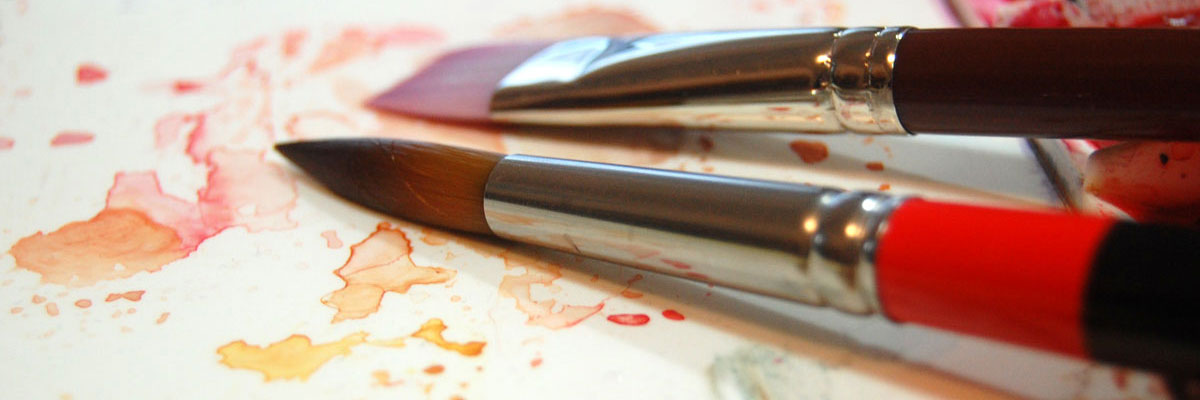
I fell in love with watercolor the moment my high school art teacher introduced it. Our lesson was to take a pile of cardboard boxes, draw them, and paint them in watercolor, using just one color: brown. This seemingly simple lesson taught me these basic watercolor principles:
- Depicting values is critical
- You have to reserve light areas by painting around them and letting the paper show through the paint
- Darker areas are created by glazing (or layering) multiple washes
- You can’t really “erase” mistakes
- It’s difficult to do!
But somehow, in my adolescent excitement, the fact that it was so difficult was its appeal. I wanted to be the best and I figured this was a test to help me prove myself.
Fast forward to now, more than three decades later, and I’ve been sufficiently humbled by this medium. I understand that I won’t ever “master” watercolor. But I can work with it, nudge it to the end I desire, and coax it into a form that fits my vision on a given day. I have stacks of failed paintings that document my efforts. I’ve not painted consistently over those decades, and those gaps have slowed my progress. Work, and life, have often been in the way of artistic endeavors, but I keep plugging on as best I can, and little by little, I feel like I make progress and grow more comfortable.
Most importantly, as I’ve worked at this challenge, I’ve figured out what I want to say visually, and that’s been one of the most gratifying achievements of my artistic journey.
I’d like to share some ideas and tips for other aspiring artists, most related to watercolor, but a few related to other creative endeavors. I’ve reached a point where I am confident enough to try some new challenges, like painting with oils, and I feel like a sophomore student again, grappling with a simple question: How do I get this paint off my brush and place it where I want it to go?
